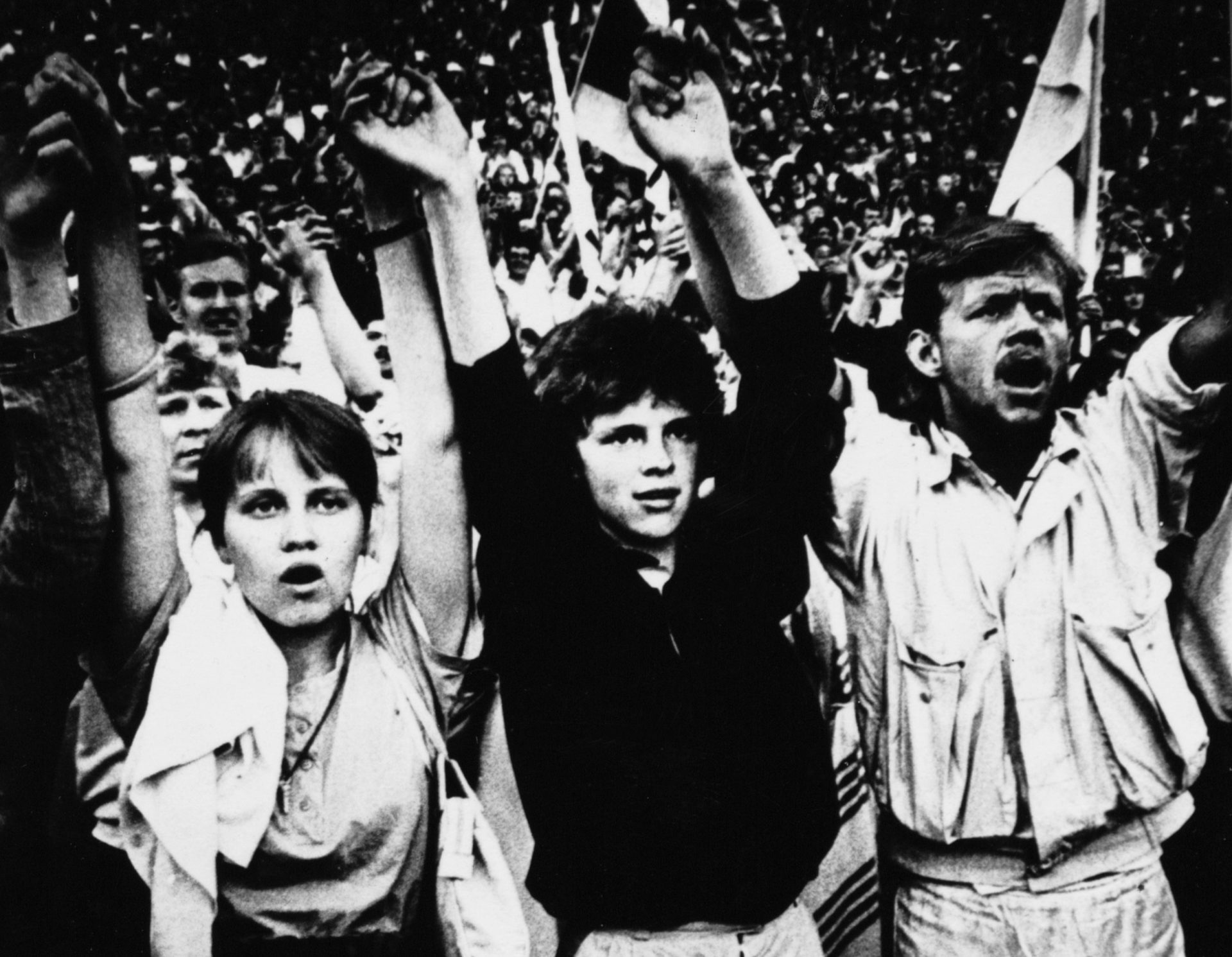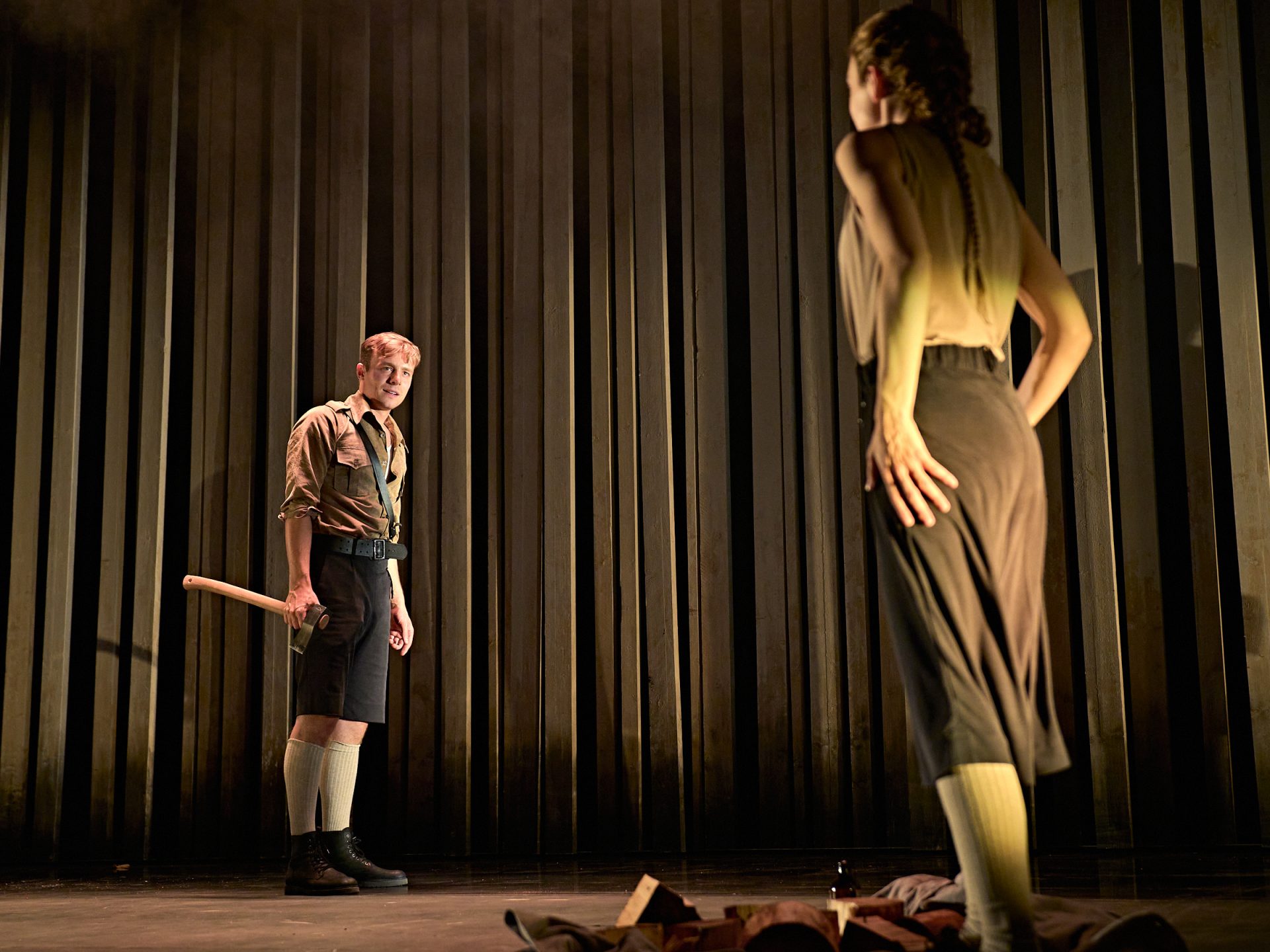Thirty years ago this year a tiny Baltic nation found it had sung its way to freedom.
When the declaration of Estonian independence came in the summer of 1991 after a tense final stand-off with Soviet tanks in the centre of Tallinn, music could claim a large part in having made it happen.
As Tallinn Music Week 2021 – a music industry showcase with a parallel conference and city festival – launches this week, it’s clear that the legacy of that freedom movement, so rooted in song, is a nation with thriving cultural industries and a keen sense of just what music can achieve.
1988 was the turning point for Estonian freedom. After releasing the Band Aid-style campaigning single Ei ole üksi ükski maa (‘No Country is Alone‘) the previous year, composer Alo Mattiisen of prog band In Spe premiered his rock reinterpretation of five patriotic songs from the country’s 19th century cultural renaissance at the Tartu Music Days festival in May 1988.
As people began spontaneously gathering at Tallinn’s Song Festival Grounds – location of the annual Song Festival (Laulupidu) since the late 1920s, and a natural focus for patriotic feeling as thousands of festival performers kept the Estonian tradition of choral singing alive every five years – they began to adopt Mattiisen’s Five Fatherland Songs as anthems of a developing ‘Singing Revolution’.
No-one seemed to object to Mattiisen’s reworking of such canonical national songs as Sind surmani (‘Till Death‘), its original text by poet Lydia Koidula with music by founding father of Estonian choral music Aleksander Kunileid, which had been premiered at the very first national Song Festival in Tartu in 1869. In Mattiisen’s hands, Sind surmani became a soft rock ballad, complete with overwrought guitar solo.
But as this revolution gathered pace, it not only embraced new versions of old songs but also the musically avant-garde from abroad. In August, the Summer Rock or Glasnost Rock event at the Song Festival Grounds attracted 150,000 spectators – some 10% of the Estonian population – to see Public Image Limited take the stage with their iconoclastic sound.
The following month, the new Popular Front’s Estonian Song festival may have doubled that attendance and saw Mattiisen’s songs sung once again.
The formation of new political parties, the Baltic Way human chain, and the removal of the unpopular leader of the Estonian Communist Party came in the following months and years, and 1988 had proven two things: that music could make change happen in Estonia and that the nation had a taste for musical innovation.
This Friday, former president of Estonia, Toomas Hendrik Ilves, will speak on the role of the Singing Revolution in Estonia’s restoration of independence at the Tallinn Music Week conference. That Estonia does most things differently is clear in the fact that the conference will be partly held at a techno club, and Ilves too was no conventional president.
He was something of a visionary leader, credited with spearheading Estonia’s unsurpassed degree of digitisation – 99% of governmental services are now online – but he was also a champion for music.
Towards the end of his 10-year presidency, he took the unusual step of releasing a compilation album, titled Teenage Wasteland, of songs released between his 10th and 25th birthdays.
Ilves’ parents had emigrated to the US as refugees from Soviet-occupied Estonia and the songs were reflective of an upbringing in suburban New Jersey and college years in New York just as punk was exploding, running the full gamut from Lesley Gore’s It’s My Party to the Ramones’ I Wanna Be Sedated.
Ilves has repeatedly underscored the importance of music in the fight for Estonian independence, telling TMW 2014 “here, when people wanted to be free, they came together and sang”, adding “music allowed people to overcome their fear, their fear of repression”. This year’s TMW programme reflects both a keen awareness of the role of music in agitating for change and a desire to push musical boundaries. Artists playing everything from experimental electronica to classical music will appear at diverse venues across the city, from the vaulted spaces of a medieval guildhall to the forbiddingly industrial former boiler house of the Tallinn power plant, while the conference includes sessions on women in music and working towards greater fairness in an often unequal industry.
Thirty years on from the Singing Revolution, Tallinn Music Week 2021 is keeping its spirit alive.
Tallinn Music Week in Five Songs
Erki Pärnoja, Leva (2018)
Pärnoja’s hauntingly atmospheric track hints at the diversity of his musical projects, which have included both cinematic instrumental music and the art-pop of his band Ewert and The Two Dragons. His collaboration with fellow Estonian musician Jonas Kaarnamets, Themes For Great Cities: Tallinn, debuts on the opening night of TMW 2021.
Dead Furies, Getcha Kicks MF (2018)
The unreconstructed raucous rockers from Tallinn play restaurant-cummusic venue Kivi Paber Käärid (‘Rock, Paper, Scissors’) on Saturday alongside fellow Estonian bands The Lou Lous, Echolove, Kaschalot and Ouu.
Rita Ray, Love Ain’t The Same (2021)
Ray, born Kristi Raias in the southeastern Estonian town of Põlva, showcases her decidedly retro blueeyed soul on this track. She takes to the Tallinn record label Funk Embassy’s stage this Thursday.
Kannabinõid, Imemees (2019)
The local doom metallers play the Von Krahl theatre on Friday alongside a riot of homegrown as well as Latvian, Norwegian, Danish, Finnish and Russian metal acts.
Ajukaja and Mart Avi, Scorpio (2021)
Mart Avi’s retro electronic soul-pop runs through this dub-influenced collaboration with Ajukaja, aka Raul Saaremets, formerly of legendary Estonian indie band Röövel Ööbik, and now a key figure on the local music scene as a radio DJ, club promoter and producer. Avi plays the medieval guildhall of the Brotherhood of Black Heads on Saturday.




